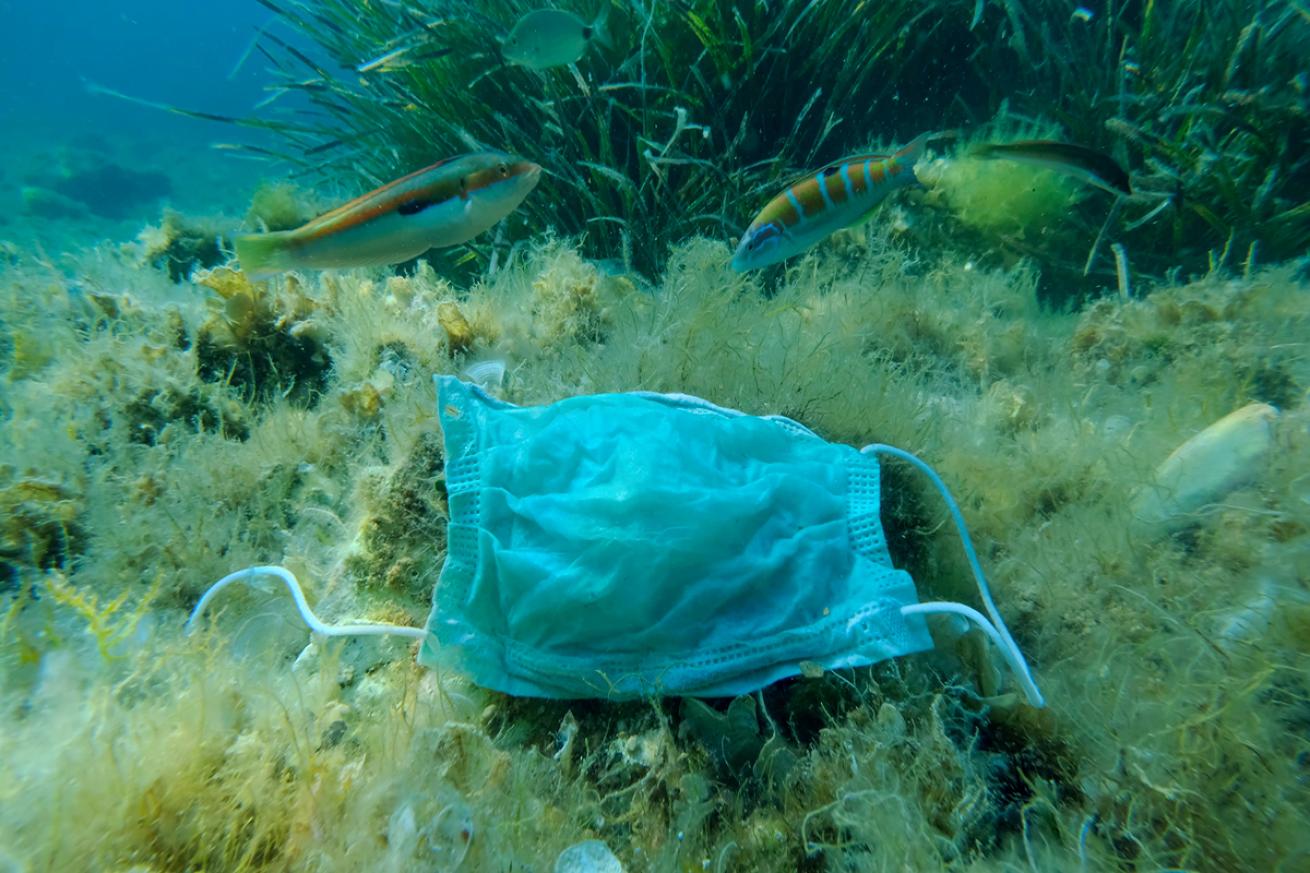More than 1.5 Billion Face Masks Estimated to be in the Ocean

Shutterstock.com/Andriy NekrasovOceansAsia estimates the masks entering the ocean this year will take as long as 450 years to fully break down.
About 1.56 billion face masks entered the ocean in 2020 during COVID pandemic estimates a recent report from the conservation nonprofit OceansAsia.
“About six weeks after COVID hit Hong Kong, so late February, we began finding masks” wash ashore on a remote island south of Hong Kong Dr. Teale Phelps Bondaroff, director of research for OceansAsia, tells The Denver Channel. “What’s remarkable is we weren’t finding face masks before COVID."
China has historically struggled with a leaky waste management system, which the country has attempted to reform over the last few years. But masks washing ashore is not unique to Asia—people around the world have documented PPE in the ocean for months.
“Soon we’ll run the risk of having more masks than jellyfish in the Mediterranean,” said Laurent Lombard of the French conservation nonprofit Opération Mer Propre, wrote on Facebook in as early as May 2020 when the organization found gloves, masks, and bottles of hand sanitizer along the Côte d’Azur.
About 52 billion masks were manufactured globally in 2020, and about 3 percent ended up in the ocean, OceansAsia estimates. This added an additional 4,680 to 6,240 metric tonnes of plastic pollution to marine environments — not to mention the other single-use plastics that increased in popularity during the pandemic, like takeaway containers and plastic packaging.
Disposable face masks are made of thin polypropylene plastic fibers. While the masks themselves can break apart, the fibers will not dissolve in water and can remain in the ocean for hundreds of years. Fish and other marine life sometimes mistake such microplastics for food, which can clog their stomachs and lead to death.
OceansAsia estimates the masks entering the ocean this year will take as long as 450 years to fully break down.
“The fact that we are starting to find masks that are breaking up indicates that this is a real problem — that microplastics are being produced by masks,” Bondaroff says. “Once plastic enters the marine environment, it’s very difficult to move.”
A variety of concurrent solutions will need to be undertaken to address the issue, from individual action to government programs, says the OceansAsia report, such as increased use of reusable masks and littering fines.
Related:










